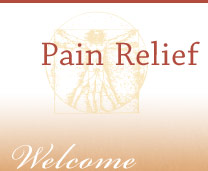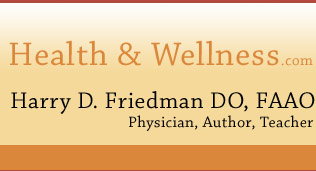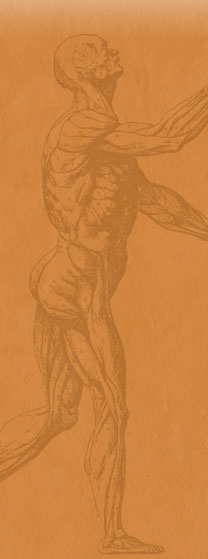Breath, Sound, & Vibration
The primacy of breath is one of the foundations of Continuum. Emilie Conrad states, “All movement begins with inhalation and exhalation.” She frequently speaks of respiration poetically and metaphorically, “Breath will start to activate our fluid systems and bring about novel intrinsic interactions where the throb of life becomes apparent.” Her understanding of breath and fluid movement as something greater than their simple mechanical actions shares common philosophical ground with Osteopathy and parallels the Osteopathic concepts of the Primary Respiratory Mechanism, the Breath of Life, and the Potency of the Tide (the fluid within the fluid.)
Continuum utilizes hundreds of different breaths and sounds. Each one has a different texture and resonant effect on the body. Our breath is one of the constant life-sustaining motions in our vast repertoire of movements. The rate and quality of breath can be consciously altered to elicit a change in function. Respiration has a cellular effect, a gross motion effect, and a profound effect on the function of the autonomic nervous system. Breath can mobilize tissue, blood, lymph, somatoemotional holding patterns, change heart rate, innumerable physiological functions, and stimulate our general constitutional vitality. Refining our relationship to secondary respiration opens the door to a more intimate relationship with Primary Respiration.
Sound is the vibratory movement of the breath. Vibration coupled with breath can change the focus of attention and can have a direct effect on many aspects of the body and its function. Increasing the dexterity and capacity of our breathing, and engaging in a wider variety and greater complexity of movements, enhances our sense of our internal intrinsic world and gives us an opportunity to mobilize inertial states and disrupt dysfunctional habitual patterns.
Redefining “Fitness” Without Mechanical Habits
Both fitness routines and rehabilitation regimens tend to focus solely on the mechanical model and externally prescribed regimens that address the known aspects of the gross workings of the neuro-musculoskeletal system. If our bodies were able to move freely, the way they were designed to, without the constraints of habit, we would more readily self-correct and strengthen. Strength can only emerge from a system that is responsive and adaptable. Habit is an expression of efficiency and is necessary for survival, but if it persists beyond its physiologic need, to the point of inertia, it creates a closed system with no room for creativity and flexibility. Nonphysiologic habit becomes a rut and disables the healing process. Continuum asks us to disengage from our habitual approach to movement, in order to experience a novel chance to be present with our body’s necessity and have access to a wider scope of choices and responses, and increase our adaptability and ability to heal.
What happens in a Continuum class?
The focus of a class may range from engaging in breathing, meditation, and small nearly invisible micro-movements, to aerobic activity using weights or a variety of unique exercise equipment. The context of a class is set by presenting an idea, an image, or a theme, and performing a variety of breaths and movements with attentiveness to that theme. Sequences of wave-like motions are combined with breath and sound. Wave motion is created by allowing the body to mimic the flowing, undulating, and curving patterns often found in the movement of water.
In a class of mine we may combine an anatomical fact with an Osteopathic concept and explore a movement sequence. For example, we may explore feeling the relationship between the pharyngeal tubercle of the occiput (from which the posterior pharyngeal wall is suspended) and the sacrum. Cueing our sense of the anatomy by breath and movement allows us to enter a state of open attention and observe this relationship from a new perspective. Depending upon the theme, the work may be done with music, or in silence. Continuum can be done in a group class or at home alone as a daily practice.
Conclusion
In practicing Continuum, I experience many of the basic principles of what I practice Osteopathically. Continuum is a great venue for exploration and discovery that universally applies to personal physical, emotional, mental and spiritual life as well as work as an Osteopath. Exploring Continuum empowers us to develop and deepen our diagnostic and therapeutic skills, to cultivate a sense of devotion to caring for ourselves and our patients, and to re-integrate movement as an instinctual therapeutic aspect of our lives. My synthesis of Osteopathy and Continuum is an invitation to follow A. T. Still’s encouragement to “dig on” and explore the depths of our experience and understanding of Osteopathy beyond our known limits.



